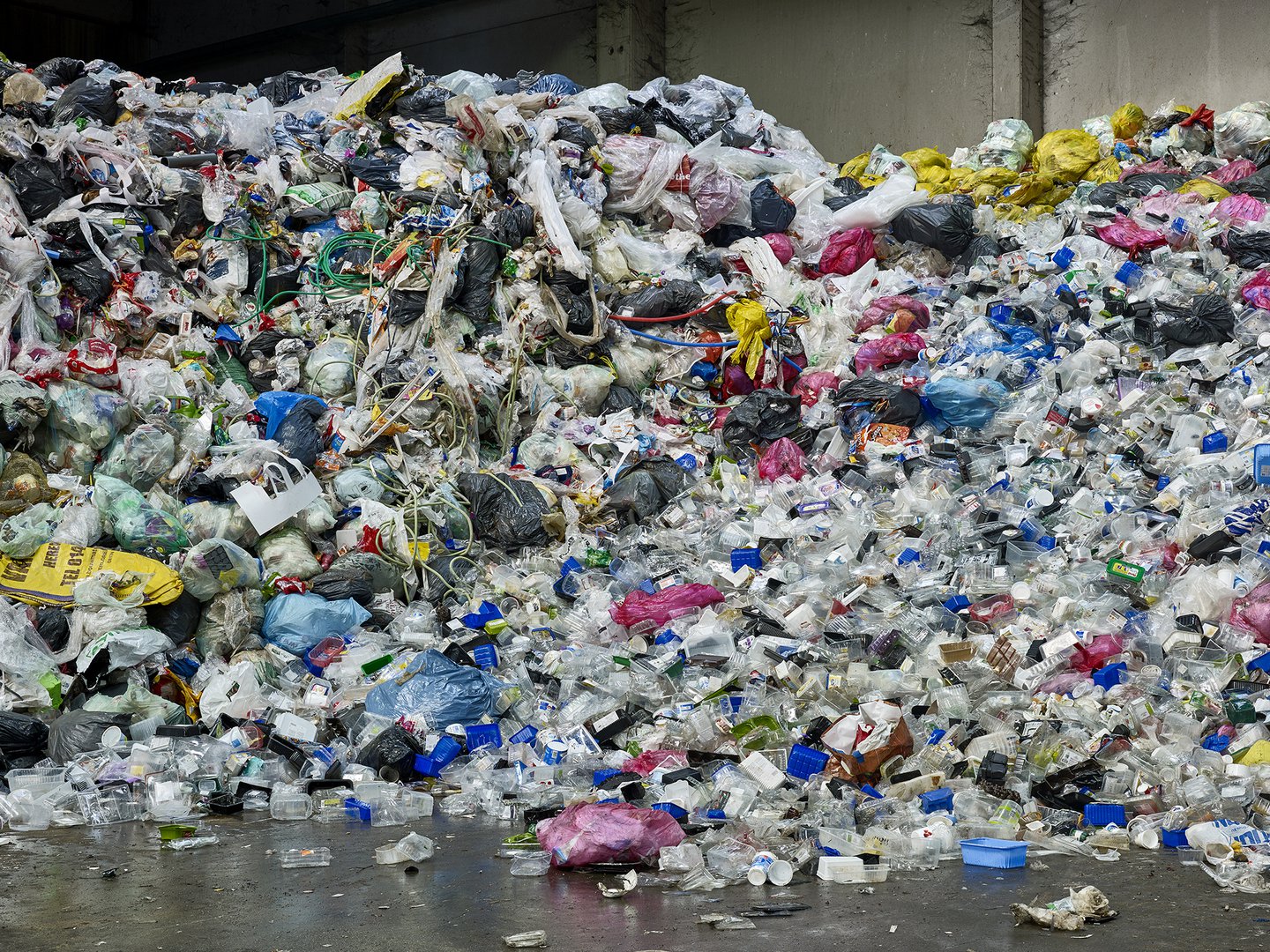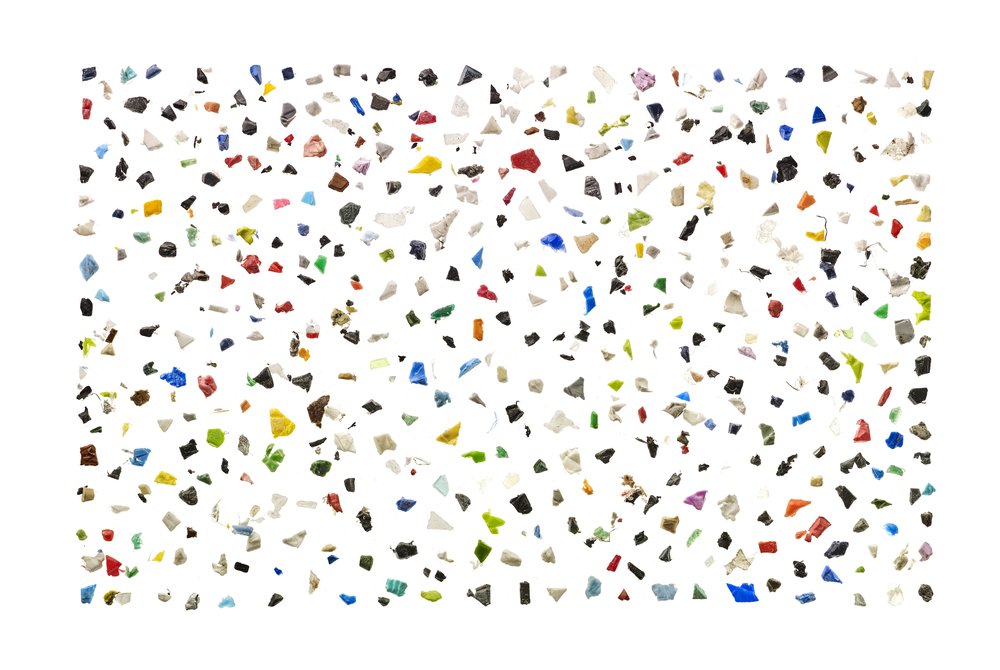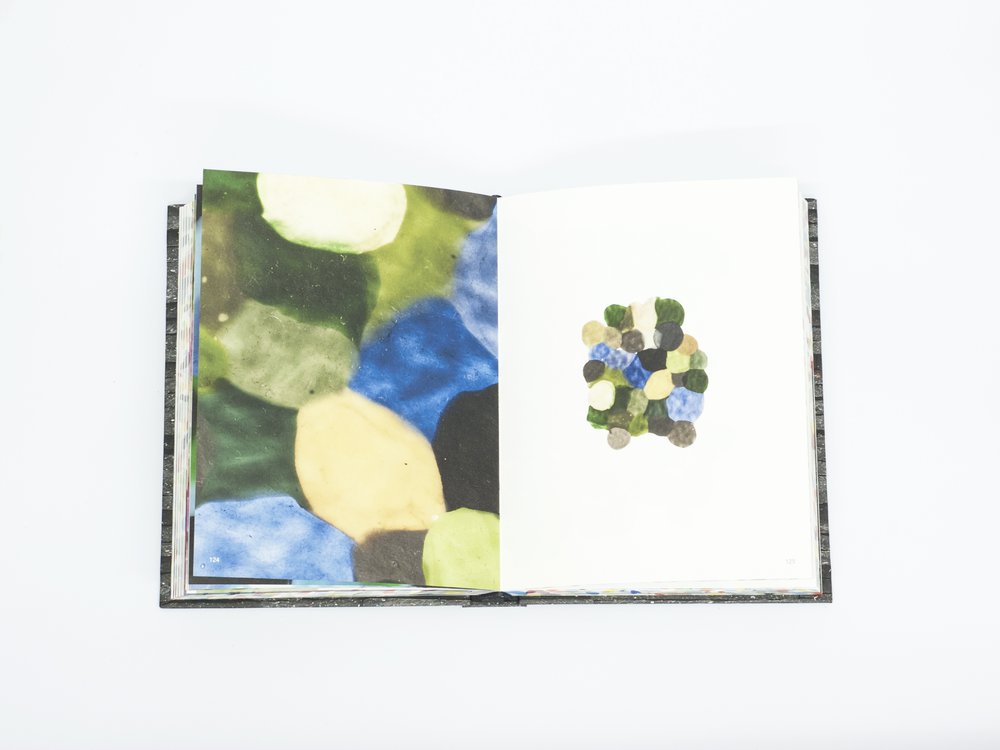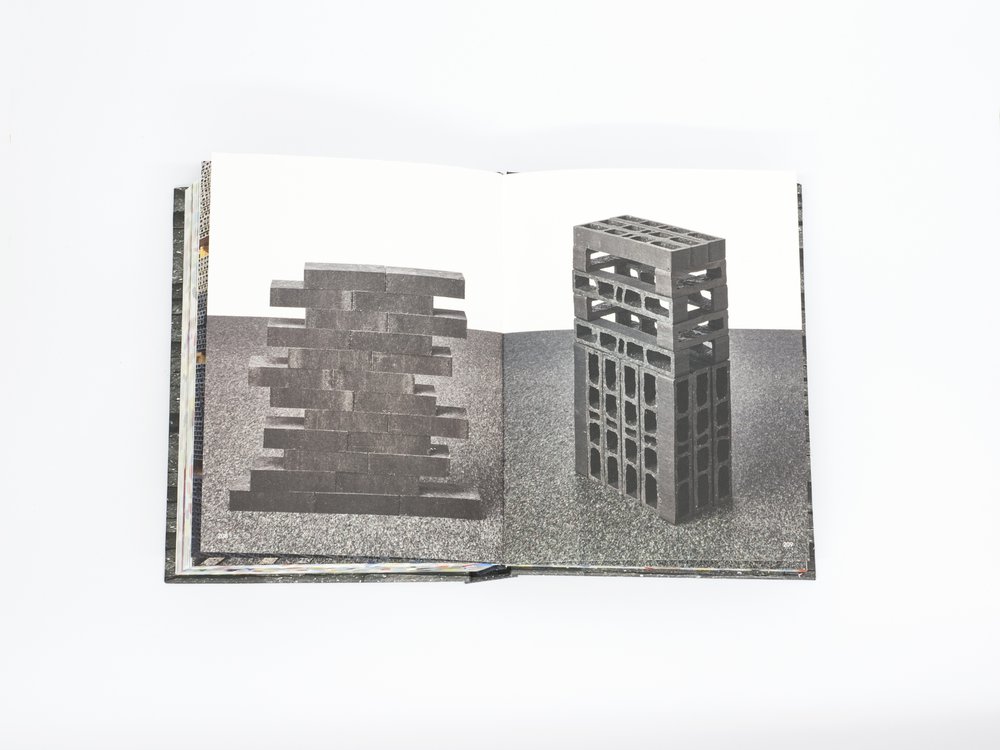
The government launched its ‘long term plastic plan’ to a lukewarm response this week. As Teresa May stated, the government's plans to eliminate all ‘avoidable’ plastic waste within 25 years, citing the idea of plastic-free aisles and tax on takeaway containers, perhaps should have pointed out that such claims will require legislation in order to make a real impact.
In the meantime, it is up to us all; manufacturers and consumers alike, to reconsider how we use plastic. Whilst the government's message is one that points towards positive change, there is perhaps still more that can be learnt from other countries' approaches to plastic waste.
One notable example being Belgium, home to plastic recycling company ECO-oh! a company that, at present, has a fairly novel approach to plastic waste management, something that was underlined by their recent collaboration with up-cycling aficionado Simone Post.

Post Plastic is a project that seeks to challenge the current status quo in the world of plastic recycling; one where only certain, easy to work with, plastics are focused upon. As CEO Koen Verhaert states, “We don’t turn our noses up at plastics that other manufacturers wrongly label ‘bad plastics’.”
This all-encompassing approach to waste transformation was one that rang true with Post, a designer who has already breathed new life into rejected batches of Vlisco fabrics by turning them into beautiful rugs.
Allowing a creative mindset into pre-established industrial processes is a refreshingly brave stance to take. Yet it made immediate sense to Verhaert, who saw their different approaches as a positive rather than troublesome thing, and one that could only help their common causes, “together, we are setting out for ‘the new normal,’ in which the recycling of household plastic comes as naturally as that of paper and glass.”

Having been give access to the mountain of plastic waste available at Eco-oh! Post’s experimental approach was one that sought to use all elements available, meaning no one plastic type or colour would be overly focused upon, nor overlooked.
Coloured fragments were grouped, mixed and merged forming beautiful new pastel shades and mottled blends. Plastic yarn blankets, the type usually found in the back of removal vehicles, were heated and melted in selected areas to form texture and bendable sections.
Strips of merged plastics were connected and jointed to create woven surfaces whilst blocks of grey plastics were moulded and arranged to create architectural forms.
The overall outcome is one that challenges us to think further, and to be bold in trying out new techniques, seeing beyond the ‘once functional, now waste’ plastics that we encounter everyday. The project has been neatly packaged in book form, the pages of which may perhaps serve as a creative jump-start for things to come. Let’s hope so.
